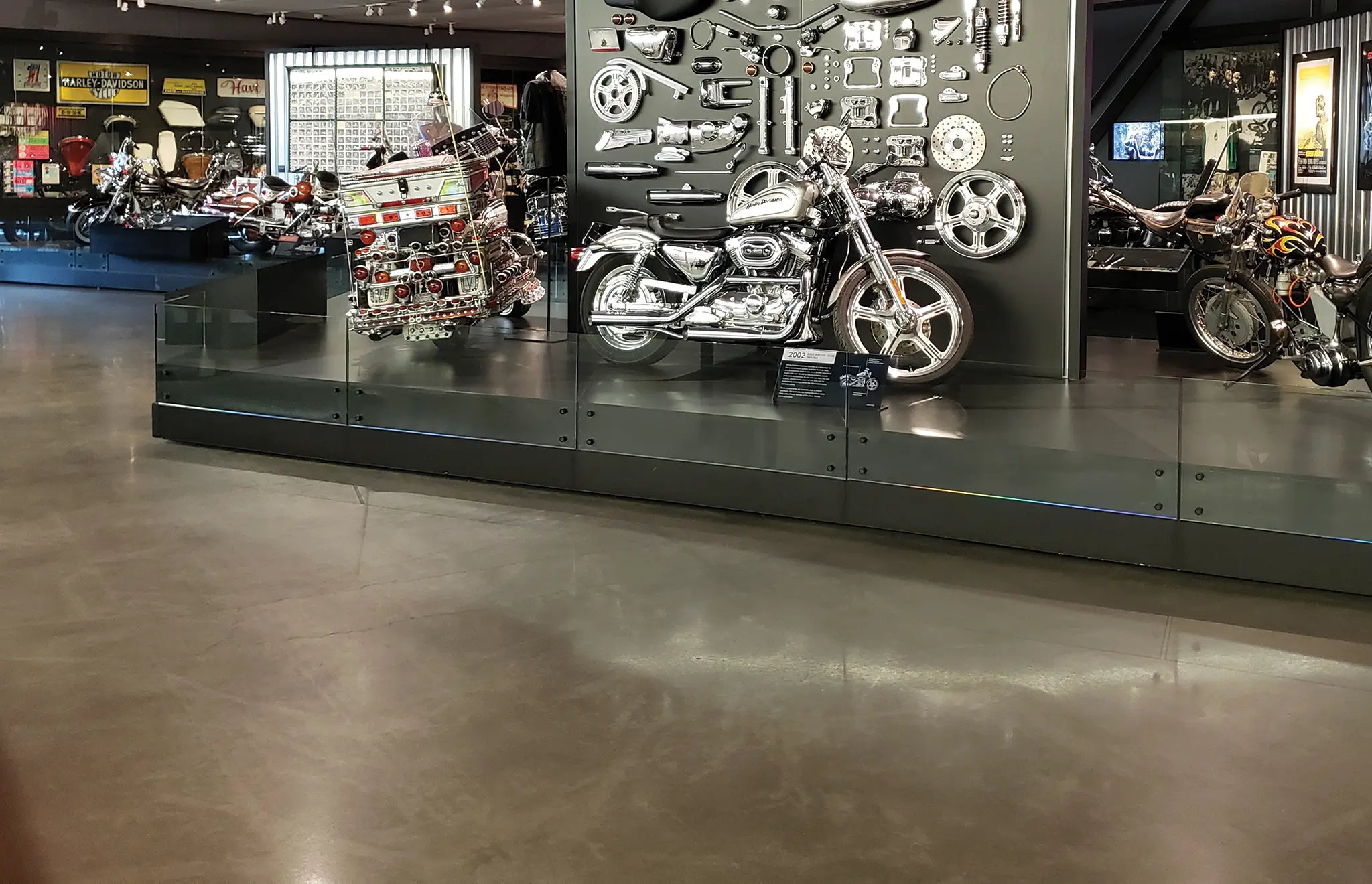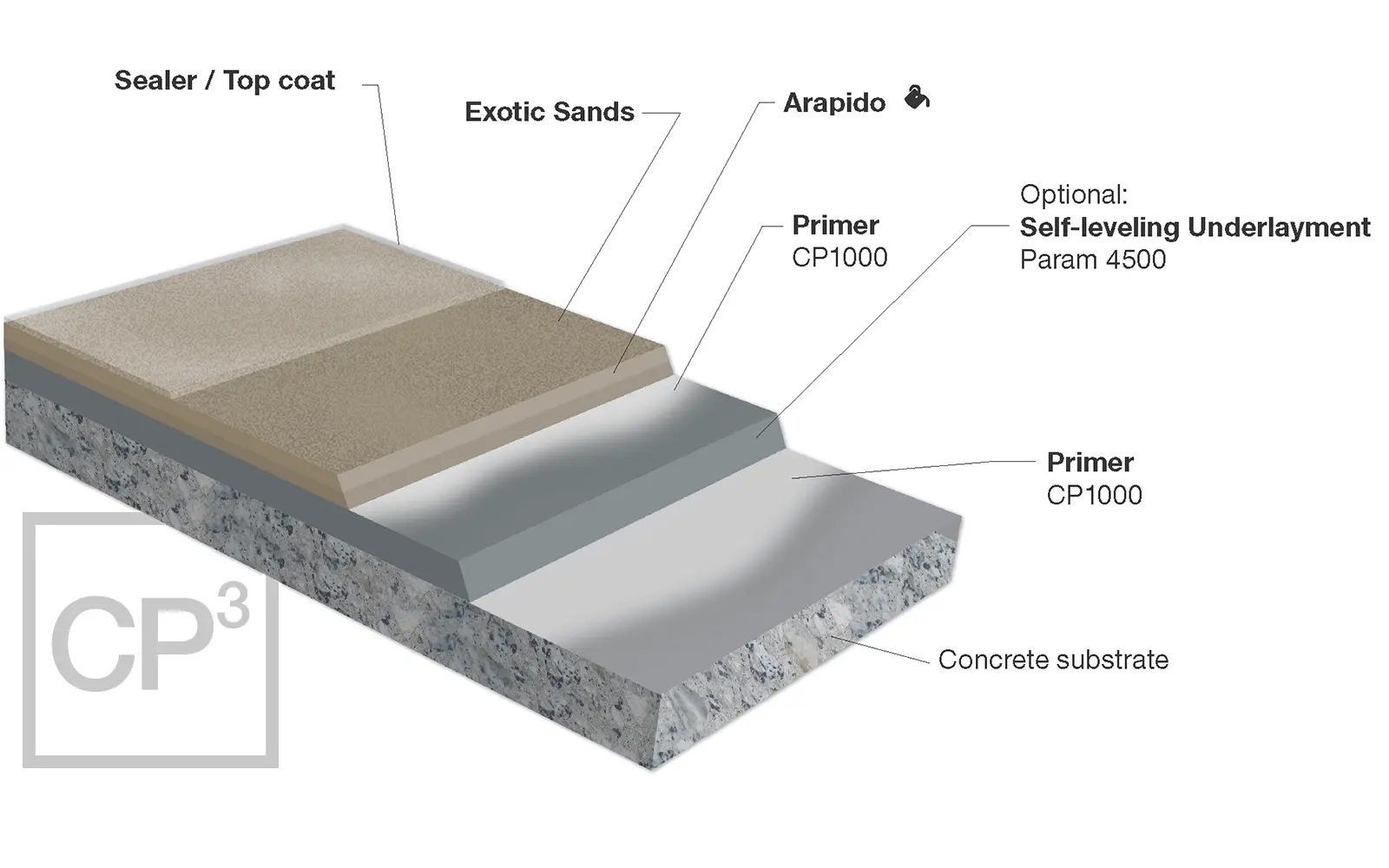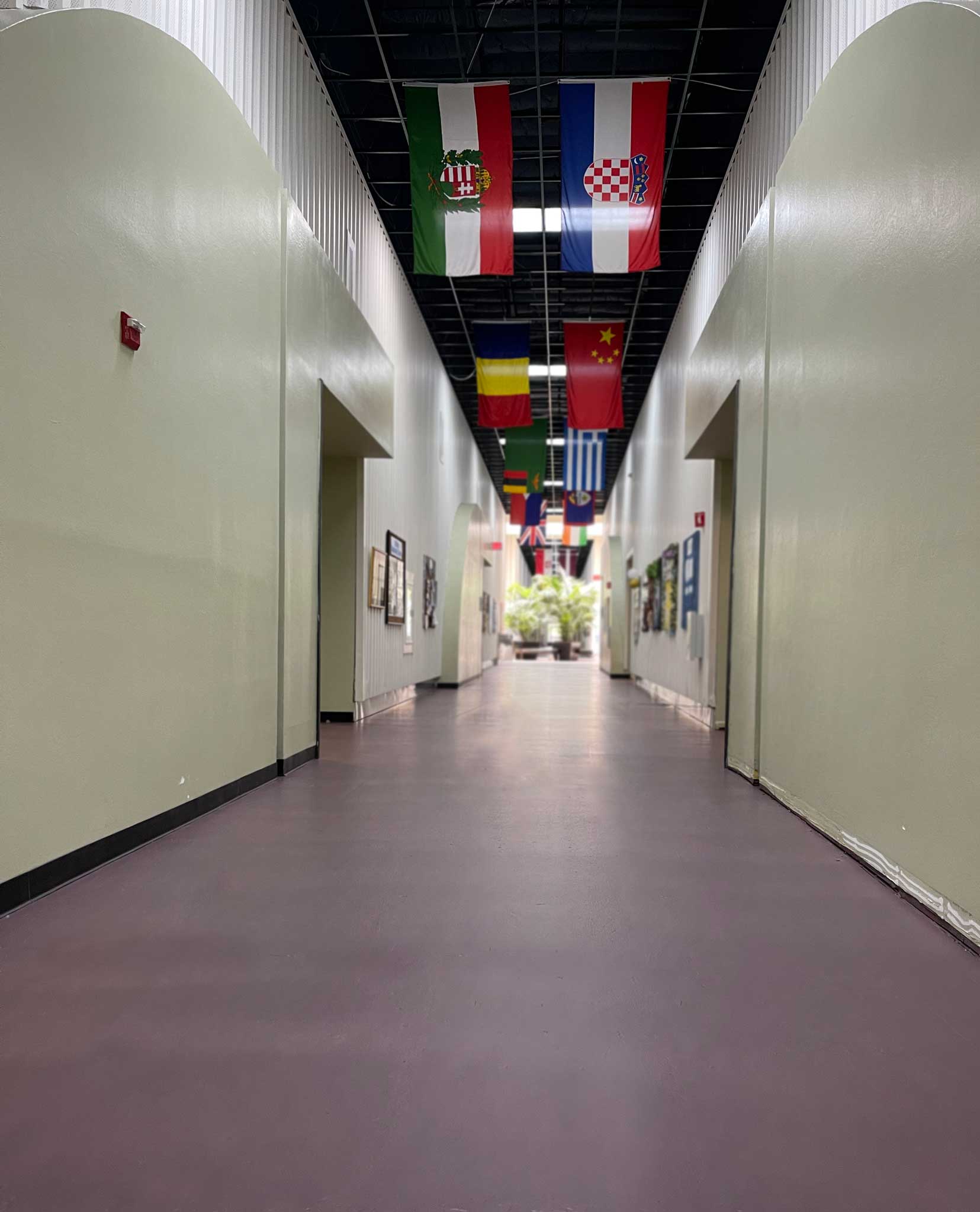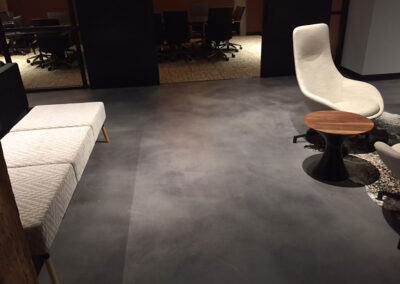The Super Primer
CP1000 is an acrylic latex primer/activator that is widely utilized in many of today’s contemporary concrete floor systems.
As a primer it is critical for the proper adhesion of concrete overlays, microcmenets, and sprayable microcement. It is also critical as an activator for some colorants like Colorfast, and certain types of concrete overlays.
Duraamen requires its use for our Skraffino Microtopping, Arapido Sprayable Microcement, and Param flooring systems. It is also used in semi-transparent stains and colorants for creative, modern or colorful finishes.
Floor finishes that utilize CP1000 show excellent mortar compatibility and workability, as well as good pot life and rapid set times.















